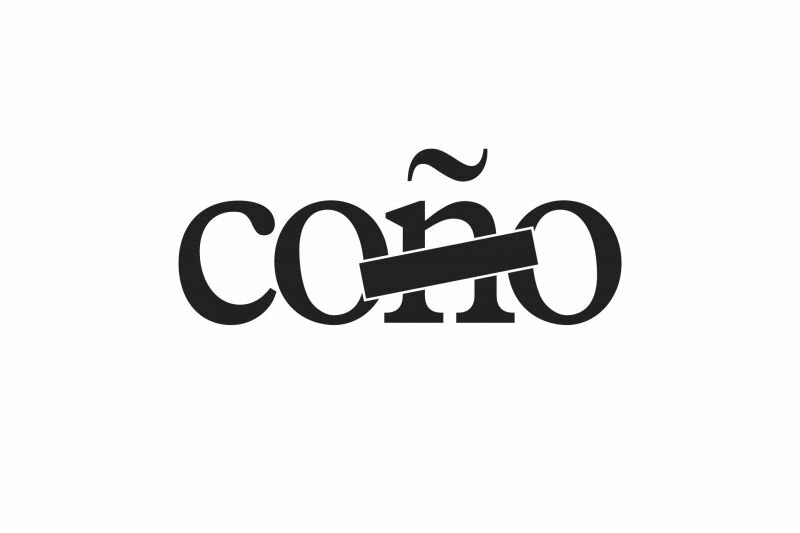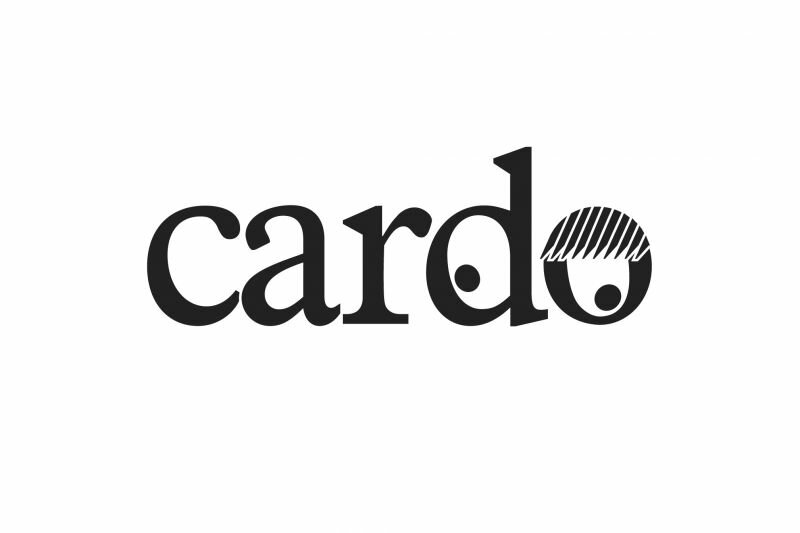
Writer, studying Critical Writing in Art & Design at the Royal College of Art. Based in London and currently writing about a Brutalist Elephant and composing Graphic one-liners. http://josedasilva.co.uk/
http://josedasilva.co.uk/
1000 Things is a subjective encyclopedia of inspirational ideas, things, people, and events.
Read the most recent articles, or mail the to contribute.

Writer, studying Critical Writing in Art & Design at the Royal College of Art. Based in London and currently writing about a Brutalist Elephant and composing Graphic one-liners. http://josedasilva.co.uk/
http://josedasilva.co.uk/

The diacritic, or accent mark, is a symbol added to a letter to indicate that it has a different phonetic value. Our Latin alphabet is a purely phonetic system of writing – unlike, for example, Chinese which is also representational – so these marks are essential in reproducing spoken meaning. Though rare, diacritics do appear in English but mostly in loanwords (‘soufflé’, ‘naïve’, ‘exposé’, for example). Generally though, different letter pronunciations – in particular, vowels – are dictated by their relationship to other letters in a word (like the ‘i’ in ‘like’ and ‘lick’) or by context (as in, ‘to read’ and ‘to have read’).

At school, during Spanish lessons, I would often leave out diacritics through incompetence or laziness. The exception to this was the tilde (~). I applied it diligently as its exclusion would often be a source of amusement to the teacher and anyone else who twigged when años (‘years’) became anos (‘anus’) up on the whiteboard.

There are numerous examples in the Romance Languages of these not-so-romantic faux pas. A small survey of three friends (Italian, French and Spanish) exemplifies the specificity needed when using these small markings but this is perhaps more revealing of them as individuals than the nature of their mother tongues. Giulia offered a couple in Italian: però (‘but’) becomes pero (‘pear tree’) and, of course, papà (‘dad’) is elevated to papa (‘pope’). Justine cheated a little with her French suggestion: traîne (‘dress train’) and traînée (‘trollop/whore’) – this time it is an addition and not an omission that adds vulgarity.

José El Catalan enthusiastically sent thirteen examples in Castilian – but none in Catalan. He’s a man with a certain way with words mixed with an academic nonchalance – his preferred posture of study was in bed, horizontal, cigarette in one hand, papers in the other, an ashtray balanced on his chest – that I am yet to encounter elsewhere. He sent me a couple of inoffensive slip-ups, most were in the following vein: pené (‘I punished’) and pene (‘penis’); cardó (‘to have combed’) and cardo (‘a very ugly person’); moña (colloq. ‘homosexual’) and mona (colloq. ‘drunkard’). However, he ended with a reverse example where an additional ~ proves problematic: cono (‘cone’) becomes coño (‘cunt’). He also included a note: “enséñame el cono” (‘show me your cone’).

The charm associated with the umbrella term Romance Languages, suddenly seems fraught. Maybe we should return to its historical antecedent: Vulgar Latin. This term provides not only a clear past – as these particular languages developed from a colloquial form of Latin – but can also be used here to hint at the favouring of vulgar terms to exemplify linguistic quirks. The word ‘vulgar’, from the Latin vulgus, means ‘populous’ or rather ‘the people’. It was – still is – amongst the people that language can develop successfully and not in any one centralised government.
On occasion, attempts are made to bring language into line. The Portuguese Language Orthographic Agreement is a treaty that was proposed and signed in 1990 with the aim of standardising Portuguese in all countries where it is spoken. It was adopted by Brazil in 2009 and by Portugal a year earlier where it was supposed to be fazed in slowly, but instead has largely been ignored and resisted. Its measures include a standardisation of pronunciation and the removal of silent consonants (acção (‘action’) becomes ação) as well as some diacritics. It can crudely be likened to homogenising British and American English – for example, in English, you could make a case for changing ‘colour’ to ‘color’… Although I suspect such an attempt would be met with as much resistance here as it has been in Portugal.

One of the most infamous examples championed by Portuguese newspaper columnists is that of the humble tortoise. Although incorrect – the Agreement of 1990 would not actually omit the diacritic on this particular word – the example nonetheless stands as a brash shortcut, a vulgar vehicle, for those in opposition to such homogenisation against the wishes of a country’s vulgus. With the loss of its grave accent, the cágado (‘tortoise’) becomes, simply, cagado (‘shitty’).
This article first appeared in Arc 18.
Illustrations by Jonas Berthod